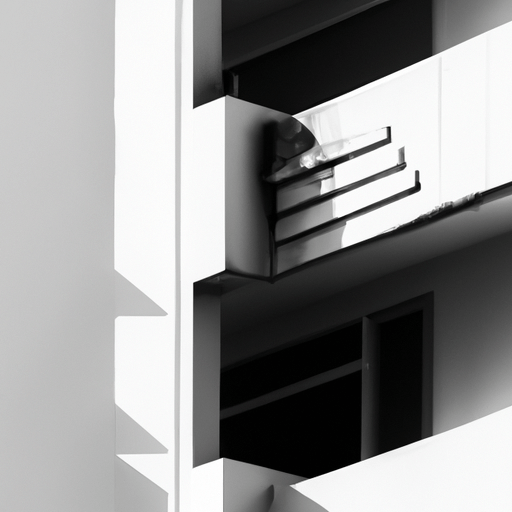The Benefits of a Minimalist Lifestyle
Are you feeling overwhelmed with all the stuff you own? Do you feel like you’re missing out on living life to the fullest? Then it might be time to consider a minimalist lifestyle. Minimalism is a lifestyle focused on living with only the essential possessions and experiences necessary to support a healthy, meaningful life. It’s about embracing a life with less stuff, but more meaning. In this article, we’ll explore the potential physical, financial, and emotional benefits of a minimalist approach to living, as well as the obstacles and how to overcome them. Finally, we’ll provide practical advice on how to begin a minimalist journey.
The Physical Benefits of a Minimalist Lifestyle
The most obvious benefit of minimalism is the physical decluttering of your environment. Living with less stuff frees up space in your home, making it easier to keep things clean and organized. This can help reduce stress and anxiety, as you don’t have to constantly worry about where things are or how to keep them tidy. Additionally, it can be easier to find the things you need since they will all be in one place.
The Financial Benefits of a Minimalist Lifestyle
Living a minimalist lifestyle can also have a big impact on your finances. By reducing the amount of stuff you have, you can save money on the cost of storage, transportation, and maintenance of your possessions. Additionally, a more minimalist approach to shopping can help you avoid impulse buying and unnecessary purchases. This can help you reduce debt and save money in the long run.
The Emotional Benefits of a Minimalist Lifestyle
On top of the physical and financial benefits, minimalism can have a positive impact on your emotional wellbeing. When you’re surrounded by fewer possessions, it can be easier to focus on what truly matters. This can help reduce stress and create a sense of inner peace and clarity of purpose. Additionally, a minimalist lifestyle can help you foster meaningful relationships and experiences, rather than material possessions.
The Challenges of a Minimalist Lifestyle
Of course, with any lifestyle change, there can be obstacles. One of the biggest challenges of minimalism is letting go of possessions that you feel connected to, whether it’s sentimental items or things you think you might need in the future. It’s important to remember that it’s okay to let go of things that no longer serve you. Additionally, it can be difficult to maintain a minimalist lifestyle if you’re surrounded by people who don’t share the same values. To overcome this, it’s important to find people who support your new lifestyle and be mindful of the possessions you bring into your home.
Getting Started With Minimalism
Making the transition to minimalism doesn’t have to be all or nothing. Start by getting rid of the possessions you no longer need or use. Then, take inventory of the items you have and gradually reduce the number of possessions you own. You can also start by focusing on one area of your life, such as your wardrobe, and slowly progress to other areas. Additionally, it can be helpful to set limits on the number of possessions you allow in your home and stick to them.
Living a minimalist lifestyle can help declutter your environment, reduce financial stress, and foster a sense of inner peace and clarity of purpose. It is important to remember that minimalism is a journey and there will be obstacles along the way. Start small and take one step at a time. Before you know it, you’ll be living a simpler, more meaningful life.

















Comments
Leave a Comment